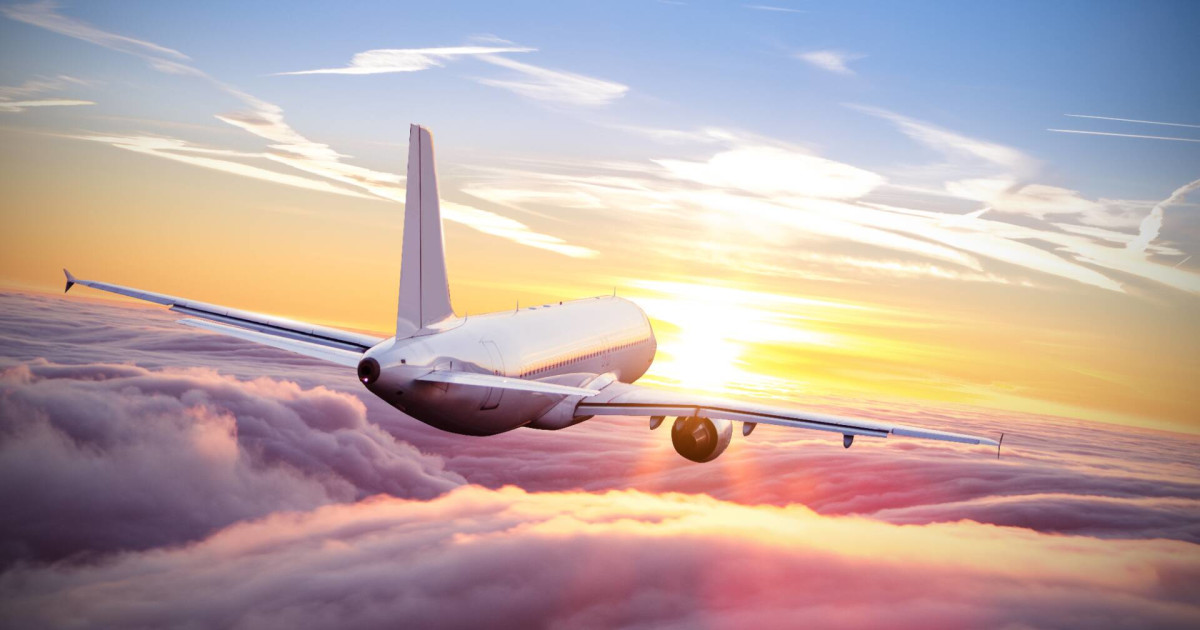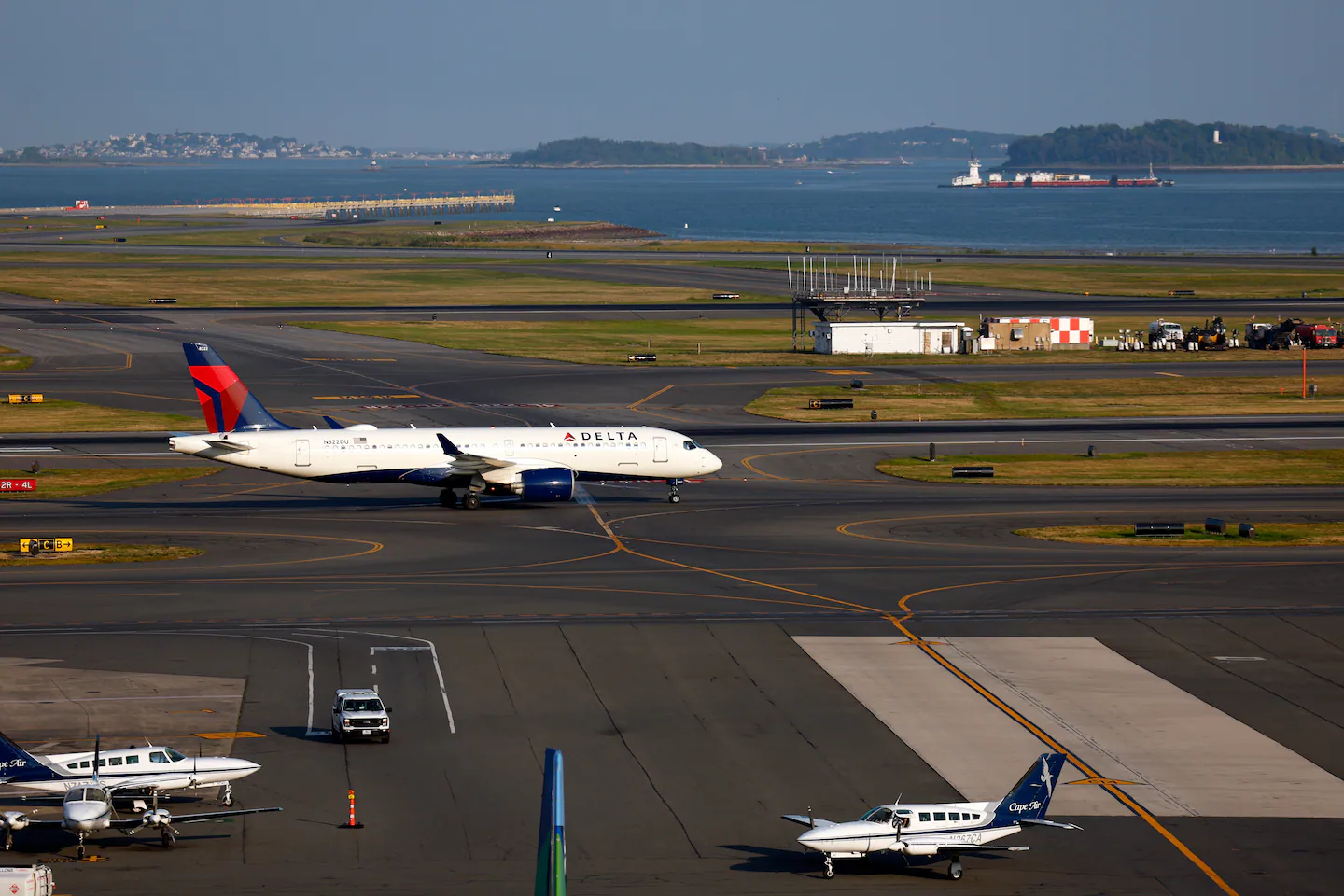Copyright The Street

As the government shutdown drags on into its second month, U.S. airports are reporting record travel volumes, along with an alarming rise in flight delays and cancellations. Millions of passengers are being forced to change their plans and rebook trips, with the situation expected to worsen in the coming days. On Nov. 6, U.S. Transportation Secretary Sean P. Duffy and Federal Aviation Administration (FAA) Administrator Bryan Bedford declared a temporary 10% reduction in flights at 40 of the nation’s busiest airports due to the government shutdown. The government shutdown, which began on October 1, has taken a significant toll on the U.S. economy, especially the aviation industry. Air traffic controllers have been working without pay, resulting in severe staffing shortages and an increase in flight delays and cancellations nationwide. According to the FAA, the flight reduction is necessary to maintain safety standards across the National Air Space System, which has been under what it described as “increased stress” as a result of reduced staffing. “We are seeing signs of stress in the system, so we are proactively reducing the number of flights to make sure the American people continue to fly safely,” said Federal Aviation Administrator Bryan Bedford in a statement. “The FAA will continue to closely monitor operations, and we will not hesitate to take further action to make sure air travel remains safe.” Flight reduction plan The flight reductions will be implemented in stages, primarily impacting domestic flights, as international routes aren’t required to be cut, keeping them largely unaffected. Airlines will determine which specific flights to cancel to meet the mandated reductions. Scheduled flight reductions November 7-10: 4% reduction November 11-12: 6% reduction November 13: 8% reduction November 14: 10% reduction During this period, airlines are required to issue full refunds for canceled flights but are not obligated to cover secondary expenses such as hotel or meal costs. Passengers are encouraged to visit their airline’s help center for specific information regarding their flights. Airline industry suffers the consequences of the government shutdown Various aviation groups are urging the government to resolve the shutdown, warning that the prolonged disruptions are hurting the entire travel system. According to Airlines for America (A4A), 4 million passengers have already been affected by the issue. “A shutdown threatens the stability of the safest aviation system in the world,” said Air Line Pilots Association (ALPA) President and Captain Jason Ambrosi in a statement. “The staffing shortages and safety setbacks caused by past government shutdowns were unacceptable, and to maintain the highest safety standards, [we need] uninterrupted funding to sustain the system that safely moves 2.9 million passengers and 59,000 tons of cargo every day.” More Aviation News: American Airlines makes deeper cuts amid flight cancellations Three low-cost airlines cancel all flights from Mexico to US Major air freight hub reopens after deadly plane crash The government shutdown also comes at a pivotal time for the FAA. Congress recently approved $12.5 billion to modernize the nation’s antiquated air traffic control infrastructure, and the Department of Transportation (DOT) had just begun ramping up hiring efforts to address staffing shortages. “This is not sustainable. We implore Congress to act with extreme urgency to get the federal government reopened, get federal workers paid, and get our airspace back to normal operations,” said A4A in a statement regarding the flight reductions. Airports impacted by flight cuts Anchorage International (ANC) Hartsfield-Jackson Atlanta International (ATL) Boston Logan International (BOS) Baltimore/Washington International (BWI) Charlotte Douglas International (CLT) Cincinnati/Northern Kentucky International (CVG) Dallas Love (DAL) Ronald Reagan Washington National (DCA) Denver International (DEN) Dallas/Fort Worth International (DFW) Detroit Metropolitan Wayne County (DTW) Newark Liberty International (EWR) Fort Lauderdale/Hollywood International (FLL) Honolulu International (HNL) Houston Hobby (HOU) Washington Dulles International (IAD) George Bush Houston Intercontinental (IAH) Indianapolis International (IND) New York John F Kennedy International (JFK) Las Vegas Harry Reid International (LAS) Los Angeles International (LAX) New York LaGuardia (LGA) Orlando International (MCO) Chicago Midway (MDW) Memphis International (MEM) Miami International (MIA) Minneapolis/St Paul International (MSP) Oakland International (OAK) Ontario International (ONT) Chicago O’Hare International (ORD) Portland International (PDX) Philadelphia International (PHL) Phoenix Sky Harbor International (PHX) San Diego International (SAN) Louisville International (SDF) Seattle/Tacoma International (SEA) San Francisco International (SFO) Salt Lake City International (SLC) Teterboro (TEB) Tampa International (TPA) The U.S. economic impact of the government shutdown Commercial aviation plays a critical role in the U.S. economy, generating $1.45 trillion in 2024, which represents 5% of the U.S. GDP and supports over 10 million American jobs, according to A4A. “You can’t expect people to go in to work when they’re not getting a paycheck for the continuation of over a month now,” said frequent traveler Kelly Matthews to AP News. “I mean, it’s not a matter of them not wanting to do the job — but you can’t afford to pay for gas, your day care, and everything else.” U.S. airlines operate more than 27,000 flights daily, carrying 2.7 million passengers and 61,000 tons of cargo to and from more than 220 countries. On the first day after the flight cuts began, over 1,400 flights were canceled, and more than 18,200 flights were delayed, according to FlightAware, and that was with just a 4% reduction in operations. While the flight reductions are set to reach 10%, Duffy has warned that flight cancellations could rise by as much as 20% if the government shutdown continues, devastating travelers and businesses alike. Such a spike could severely impact airline and airport revenues, strain supply chains, and trigger a broader economic downturn.



